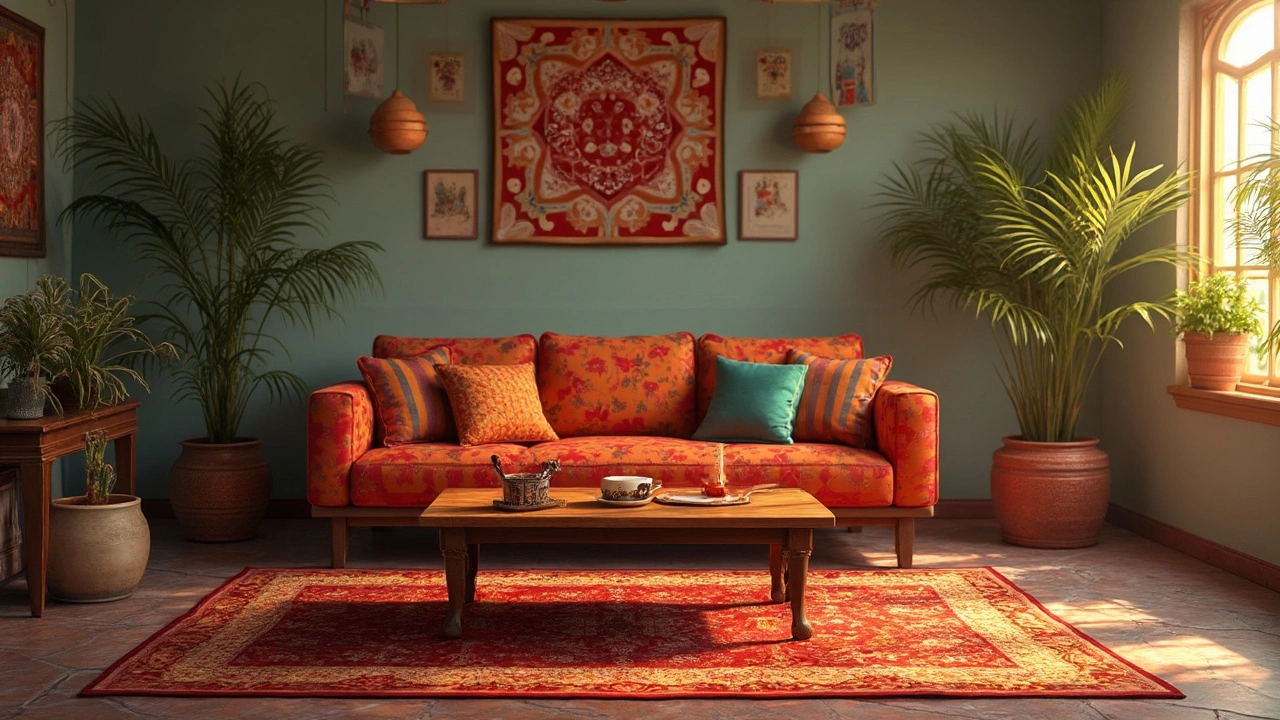How to Choose the Right Coffee Table Size for Your Space
Picking a coffee table can feel like a guessing game, but it doesn’t have to be. The right size makes your living room feel balanced, keeps traffic flow smooth, and gives you a handy surface for drinks and decor. Below you’ll find the most common dimensions, why height matters, and quick tricks to fit any sofa or layout.
Standard Dimensions and Height Basics
Most coffee tables sit between 40‑48 inches long and 20‑30 inches wide. If you have a standard three‑seater sofa (around 78‑84 inches wide), aim for a table that’s about two‑thirds the sofa’s length. That means a 50‑inch table works well, while a 70‑inch one feels oversized.
Height is the next big factor. A good rule of thumb: the table’s top should be 1‑2 inches lower than the sofa’s seat cushion. If your sofa’s seat is 18 inches off the floor, look for a table around 16‑17 inches tall. Lower tables feel casual and make it easy to reach snacks; higher tables suit deeper seats or a more formal vibe.
Clearance, Shape, and How It Fits Your Sofa
Give your legs room. Leave at least 18‑24 inches of clear space between the sofa edge and the table edge. This clearance lets people move around without nudging the table and gives you enough legroom for comfort.
Shape matters when your room isn’t a perfect rectangle. Round or oval tables soften sharp corners and work great in tight corners. A 36‑inch round table fits a small sofa and still leaves enough walking space. Rectangular tables maximize surface area, while square tables are ideal for compact living rooms where you want a balanced look.
When you pair a table with a sectional, measure the entire seating length. For L‑shaped sofas, place the table in the “sweet spot” where the two arms meet. If the table feels too big, pull it back a bit; if it looks tiny, choose a wider version or add a matching side table.
Here are three quick checks before you buy:
- Measure your sofa’s seat height. Subtract 1‑2 inches for the perfect table height.
- Measure the length of the seating area. Aim for a table that’s 2/3 of that length.
- Check clearance. Ensure at least 18 inches of space on all sides for easy movement.
Following these steps prevents the dreaded “table too big” or “table too small” feeling and keeps your room functional.
If you love multifunctional furniture, consider a lift‑top or nesting coffee table. A lift‑top gives you extra height when you need a work surface, then folds down for a sleek look. Nesting tables let you pull out a smaller table when guests arrive, then tuck them away to free up space.
Lastly, think about the material. Glass tops create visual openness, especially in small rooms, while wood adds warmth and can hide a few extra inches of height without looking bulky.
Choosing the right coffee table size is mostly about proportion and clearance. Measure, compare, and picture the setup before you click ‘add to cart’. The right table will blend with your sofa, keep traffic flowing, and give you a practical spot for everything from coffee mugs to decorative trays.
How Big Should Your Coffee Table Be Compared to Your Couch?
Finding the perfect size for a coffee table in relation to your couch can elevate your living room's style and functionality. The right coffee table size complements your couch's dimensions, providing space for aesthetics and convenience. Consider proportions, room size, and your personal needs when selecting a table. The right balance helps create a welcoming and efficient space.





